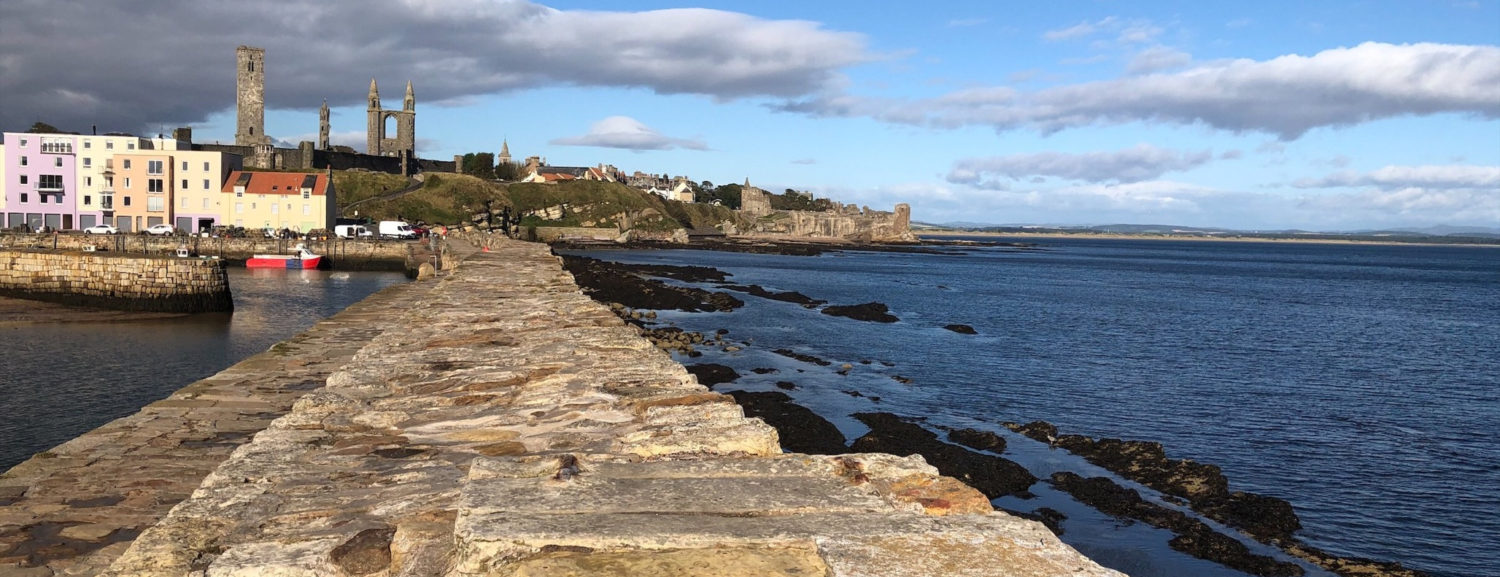At the time when St Andrews, Scotland’s first university was founded in 1413, golf was a popular pastime. The club’s motives were to enjoy the sport and host an annual contest whose goal was to restore the reputation of St Andrews as the city of golf and a regular visiting place for royalty and religious leaders.
Here, Peter Guthrie Tait (1831-1901) was inspired by his son Freddie’s (an amateur champion) long drives to question why a golf ball will travel further than hydrodynamic theory predicted possible, concluding that backspin was the key.
Peter Guthrie Tait: known for his many achievements in physics and mathematics. In 1860 he became a professor of natural philosophy at the University of Edinburgh. Joined with English physicist Sir William Thomson, Tait developed Treatise on Natural Philosophy in 1867. The same concept of conservation of energy was found in the work of Sir Isaac Newton. Their work was vital to understanding energy and its properties. He wrote three editions of Elementary Treatise on Quaternions (1867) making contributions to the theory of quaternions, which was crucial to vector analysis and development of modern mathematical physics. Assisted by Philip Kelland, he also wrote Introduction to Quaternions (1873). While working as a professor of mathematics in Queen’s college, Ireland, he researched alongside chemist Thomas Andrews the density of ozone and the effect of electric discharges on oxygen and other gases.
References
https://www.randa.org/Heritage/The-Club-House/The-Royal-and-Ancient-Clubhouse
https://www.britannica.com/biography/Peter-Guthrie-Tait
https://www.randa.org/Heritage/The-Royal-Ancient/The-Royal-Ancient-Golf-Club
https://www.theroyalandancientgolfclub.org/clubhouse.htm
https://www.britannica.com/topic/Royal-and-Ancient-Golf-Club-of-St-Andrews
